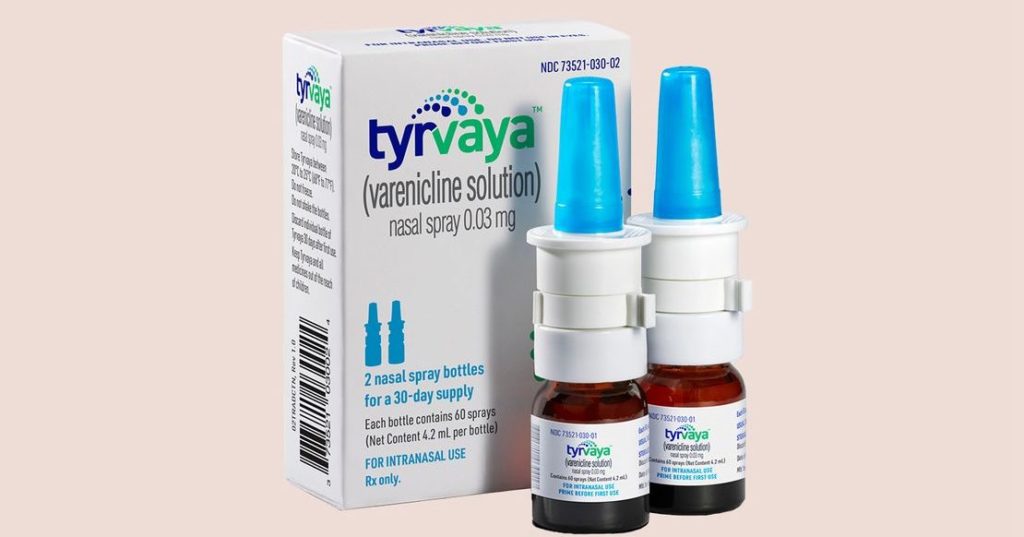Are you new to contact lenses? Have you been wearing contacts for a while but need some advice on your next steps? Contact lens evaluations are the perfect way to get one-on-one time with an optometrist and determine what’s best for you. Contact evaluations are typically recommended every year or two depending on how often you wear your contact lenses, and they can be done as either semi-annual visits or annuals. This blog post will discuss the importance of contact lens evaluations, what happens during an evaluation, who should consider this service, and why it’s important!
Importance of contact lens evaluations
There are many reasons why it’s important to have a contact lens evaluation on a regular basis. For one, evaluations can help to ensure that your contacts are still the right fit for your eyes. They can also help to evaluate the health of your eyes and correct any problems you may be having with your contact lenses. In addition, evaluations can provide new wearers with advice on how to best care for their contacts and help to solve any issues they may be having.
If you’re new to contact lenses, it’s especially important to have a evaluation. This will give the optometrist an opportunity to evaluate your eyes and make sure that contacts are the right choice for you. They’ll also be able to provide you with advice on how to care for your contacts and help solve any problems you may be having.
If you’ve been wearing contacts for a while but haven’t had a evaluation recently, it’s still important to go in for one. An annual or semi-annual evaluation can help ensure that your contacts are still providing you with clear vision and that your eyes are staying healthy. Plus, it’s always good to get some one-on-one time with an optometrist!
Steps in a contact lens evaluation
There are several steps in contact lens evaluation. The first is to determine the type of contacts that would be best for the patient. This can be done with a simple eye exam and consultation with the optometrist. After the type of lenses is determined, the next step is to measure the eyes and create a contact lens prescription. The optometrist will also determine the size and shape of the lenses, as well as the curvature. The lenses can then be tried in the office or if not available, ordered and tried on at another visit.
The next step is to try on the lenses and make sure they fit properly. The patient will typically put in a few different lens types so that the optometrist can determine which one provides the best vision and comfort. If adjustments are needed, the optometrist may order new lenses or modify the current ones.
It’s important to have regular contact lens evaluations because wearing contacts incorrectly can lead to eye health problems. Contact lenses should never be worn for more than eight hours at a time, and patients should take breaks every week to give their eyes a chance to rest. Semi or annual evaluation intervals help ensure that patients are following these guidelines and staying healthy while wearing contacts!
Who should consider contact lens evaluations?
In general, anyone who wears contact lenses should have regular evaluations. This includes both new and experienced wearers. It’s especially important for new wearers to have a evaluation, as this will give the optometrist an opportunity to evaluate your eyes and make sure that contacts are the right choice for you. Experienced wearers should also go for a evaluation every year or two to ensure that their contacts are still providing them with clear vision and that their eyes are staying healthy.
A successful contact lens evaluation is one that provides you with the most comfort and eliminates any risk of eye irritation or infection. If your lenses are not evaluated correctly, there’s a high probability that wearing your contacts will lead to discomfort, red eyes and possible eye infection. The best way to achieve an effective fit is to find out what type of contacts work best for you (soft/rigid gas permeable) and to ensure the contact lenses fit on your cornea without sliding off when blinking or looking up at something, or being too tight, which prevents tears from reaching the cornea.
We provide all these services in our office so we can help identify the best contact lenses for your eyes and lifestyle. We also offer a satisfaction guarantee on all contact lens fits so you can try out the different contact lenses before committing to a long term supply!
Our optometrist is always here to help with any questions or concerns that you may have about contact lens evaluations – call us today at (301) 779-2424 or make an appointment online.
